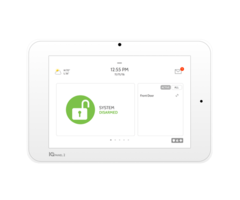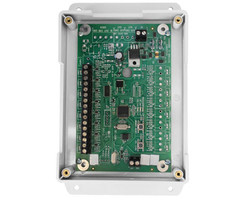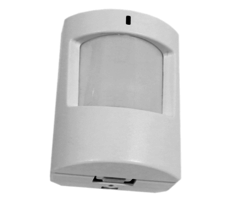How Does Qolsys S-Line Encryption Work?
Qolsys S-Line encryption works by syncing with the Qolsys IQ Panel 2. The principles are very basic. A Qolsys S-Line Sensor will sync an encryption code with the panel at the time of enrollment. From that point forward, only the panel and the sensor know the next rolling code transmission.
All Qolsys S-Line Sensors use rolling code encryption when they are enrolled to the Qolsys IQ Panel 2. The purpose of this encryption protocol is to ensure that every sensor transmission signal is unique and unable to be repeated using a replay device. Unencrypted sensors send identical fault or restore signals every single time these conditions occur, and the transmissions can be repeated using relatively easy-to-obtain software. This makes it possible for intruders to essentially duplicate an unencrypted device and have it report false information to the panel. But with encrypted devices, like the S-Line Sensors, this is virtually impossible.
Once an S-Line Sensor is enrolled with the IQ Panel 2, the panel and the sensor will share a unique key that makes it possible for them to use a mutually understood encryption algorithm. At the time of enrollment, this key is shared between the panel and the transmitter. From that point forward, only the panel and the transmitter know what each subsequent rolling code transmission will be for fault and restore conditions. This makes it very difficult to spoof or otherwise simulate information from the security device.
Qolsys S-Line Sensors can also be used with the original Qolsys IQ Panel System and the Interlogix Systems. This is because these systems also accept the 319.5 MHz frequency that is used with the S-Line Sensors. However, the S-Line Sensors will not use any form encryption when they are used with these systems. In other words, they will act as unencrypted sensors. S-Line Sensors will only use encryption when they are paired with the IQ Panel 2 System.
Did you find this answer useful?
We offer alarm monitoring as low as $10 / month
Click Here to Learn MoreRelated Products









Related Videos
Related Categories
- Answered



